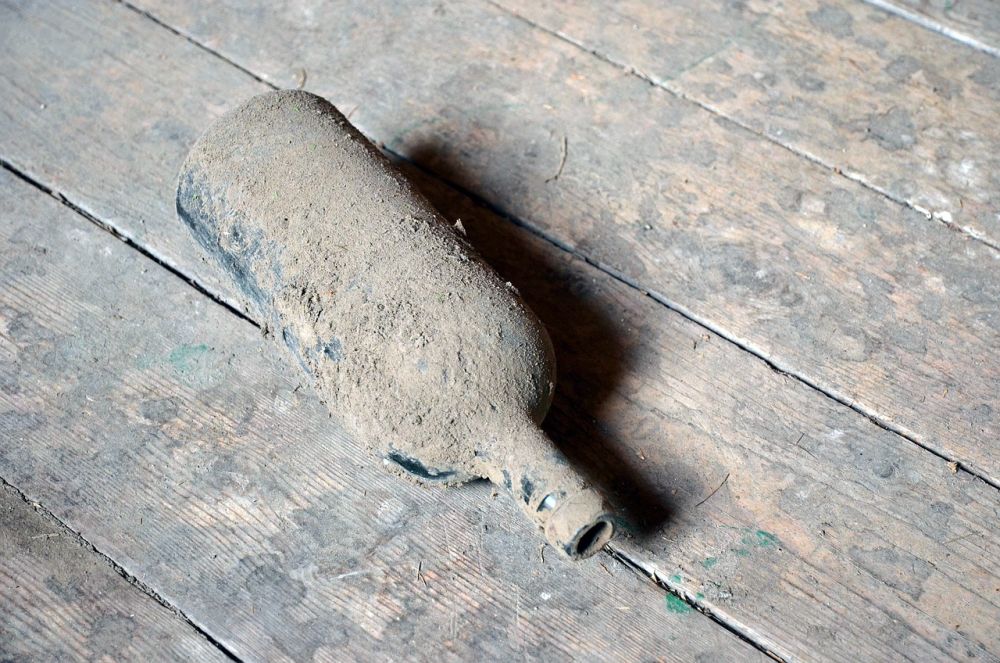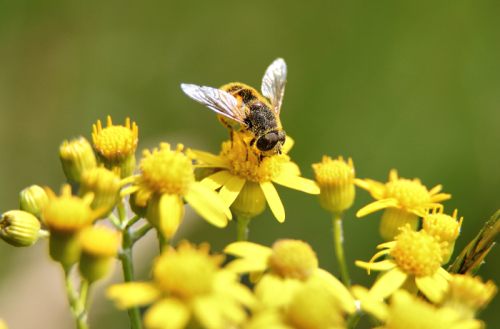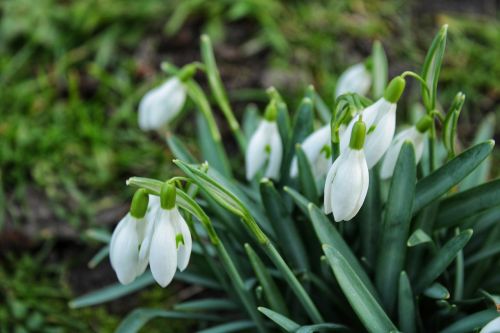Fight Dust Allergy with Spring Cleaning

Dust allergy in the spring season
When spring is around, your thoughts might naturally turn to enjoying the outdoors, having picnics, and spending your time in the fresh air. However, people with spring and dust allergies would like to take part in those activities without sniffling, sneezing, itching, and rubbing their eyes. It is commonly known as hay fever, but doctors know it as seasonal allergic rhinitis. The main culprit is pollen which is literally everywhere and we have just entered the season when trees kick off pollen. They will be soon followed by grasses and afterward by weed pollens.

While there is almost nothing we can do about the spring allergy symptoms, SPIC AND SPAN. can give you some advice to alleviate symptoms caused by dust that is waiting for you at home. The syndromes are almost the same: nasal congestion, runny nose, itchy nose, sneezing, and itchy, watery eyes. We know... it’s a nightmare. Our tips and cleaning techniques help to shun the risk of an exposure to allergens. Also, remember to educate yourself about allergens or consult an allergist for treatment.
Adverse effects of dust

According to the American Academy of Allergy Asthma & Immunology, the most popular symptoms of allergy and asthma are caused by dust or, to be exact, by what the dust contains, i.e. pet dander, pieces of dead insects, mold spores, along with dead skin and dust mites. Dust mites are particularly allergenic. To limit the proliferation of mites you should get rid of dust. Of course, it’s not possible to eliminate it completely yet there are easy ways to reduce its amount to a minimum that will be acceptable.
Cleaning guidelines against dust allergy

Here are SPIC AND SPAN. guidelines for all those who suffer at home because of dust allergies or just want to live in a clean surrounding:
Mites prefer temperatures of about 21°C or higher and humidity of 70-80%. Try to maintain such conditions at home that will be hostile to them (cold and dry places).
Large numbers of dust mites can gather in mattresses, bedding, and upholstered furniture. Put airtight, plastic dust-mite covers on pillows, mattresses, and box springs. Use pillows filled with polyester fibers instead of kapok or feathers.
Wash bedding in very hot water, which is over 55°C, once a week. The hot water will kill dust mites. Dry the bedding in a hot dryer.
Clean bare floors often with a damp mop or cloth. Vacuum carpets once or twice a week. Use a vacuum with a HEPA filter.
Wash throw rugs in hot water or get rid of them completely. Also, vacuum upholstered furniture such as sofas. Wood, leather, plaster, or metal furniture is far better for dust allergies.
Get rid of stuffed animals, soft toys, drapes, carpets, and other dust collectors.
Keep air at home cool, clean and dry.
Karl Müller
Acknowledgment:
''Featured photo'': for source click here.
''Picture no. 1'': for source click here.
''Picture no. 2'': for source click here.
''Picture no. 3'': for source click here.
This article was originally published in 2017 on SPIC AND SPAN. Home & Office Cleaning blog.
Check more articles on our blog

How to clean your home after COVID-19 quarantine?

How To Fight Allergy And Asthma At Home

2017 Must-know Spring Cleaning Hacks From Spic And Span Professionals
